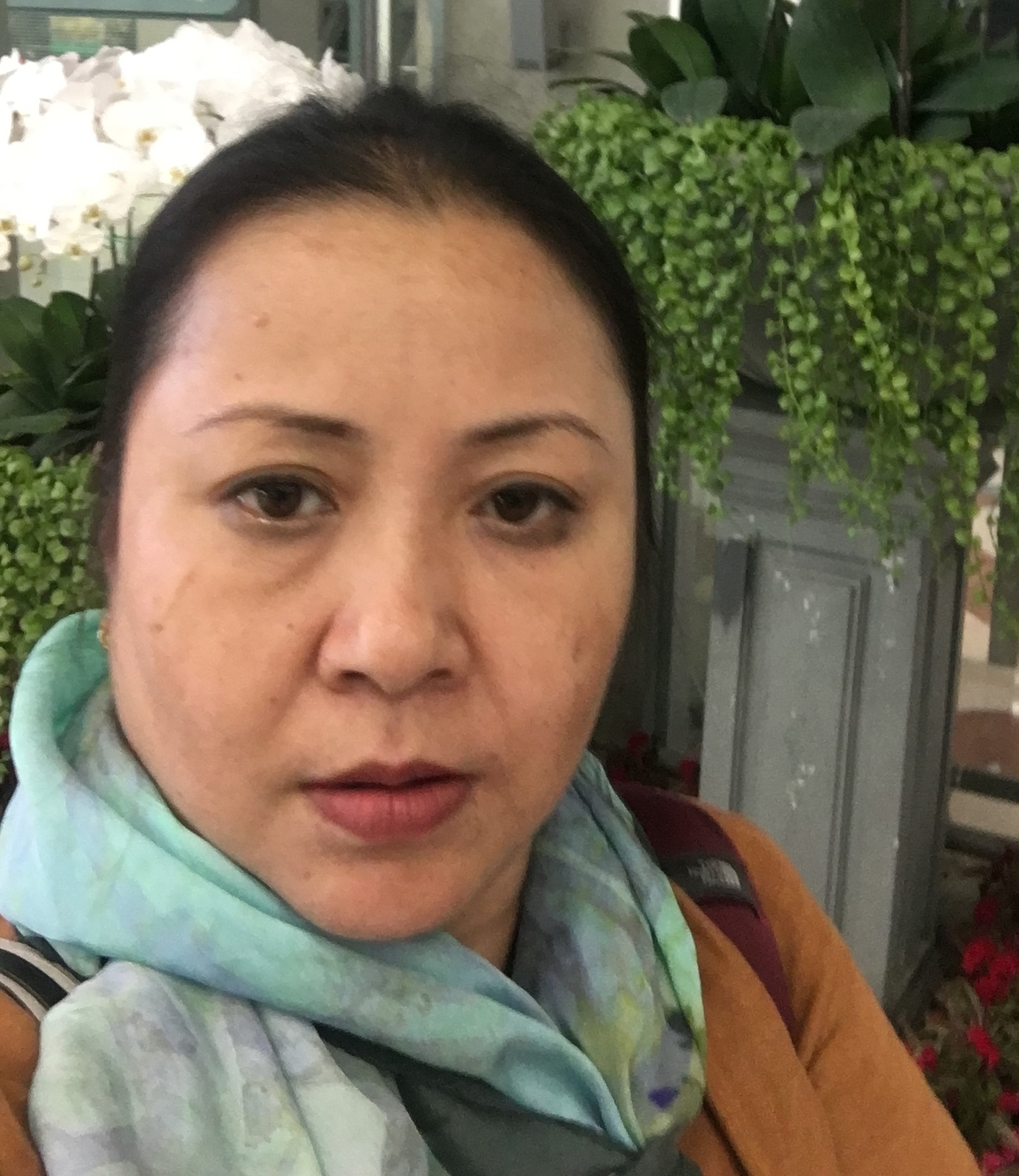
Dr. Rajkumari Sunita Devi
State Level Nodal Agency for Watershed Management, IndiaSpeech Title: Towards Effective Geospatial Techniques for Watershed Management - A Case Study from Manipur, India
Abstract: For proper management of watershed and to give the best intervention, reliable and up-to date information are required on various attributes like morphology of the watershed, accurate delineation, soil and their characteristics, land use/ land cover, slope aspect, hydrogeomorphology, drainage pattern and order. Use of geospatial techniques forms an integral part of such studies and provide ways for rapid collection of field data and prompt data processing. In this study, a locale-specific watershed development plan was generated for the case study area of Churachandpur District (including Pherzawl) of Manipur, India using remote sensing and GIS techniques. Indian Remote Sensing Satellite (IRS-1C), Linear Imaging Self Scanner (LISS-III) satellite data along with other legacy data, existing maps and field observation data have been utilized for generating a land use/land cover map and to extract information on morphological parameters. Thematic maps like hydrogeomorphology, geology, drainage and soil maps, which are an essential pre-requisite for watershed development, are generated for the study area. Spatial analysis was done for generation of flow accumulation, flow direction, slope aspect, etc. The study makes an attempt to explore on the significant land use changes especially in open forest, open scrub, cultivated lands, water bodies and wastelands of three years with an interval of five years, 2005-06, 2010-11 and 2015-16. Out of the total treatable area of 1696.44 sq.km, 81.97 sq.km requires immediate intervention for water conservation plan. Total drainage length of the study area was found to be 872.80 Km occupying an area of 32.66 sq.km which is 0.72% TGA.
